0. The short answer
You need to install and run a local web server. - For a suggestion on how,
read on.
1. The basics
I tried a simple HTML file – index.html – as follows:
<!-- index.html - minimal HTML to keep it simple -->
<html>
<head>
<meta charset="UTF-8">
<link rel="shortcut icon" href="#">
</head>
<body>
<h1>Hello world!</h1>
<p>Experimenting with JavaScript modules.</p>
<script type="module" src="js/functions.js"></script>
</body>
</html>
In the subfolder js I put the JavaScript file functions.js:
// js/functions.js
alert('Hello');
When double-clicking index.html, my default web browser – Firefox 89.0
(64-bit) – shows the following, after pressing F12.
Notice how the JavaScript code is not running:

The error message:
Cross-Origin Request Blocked: The Same Origin Policy disallows reading the remote resource at file:///C:/stackexchange/reproduce/jsModule/moduleNW/basics/js/functions.js. (Reason: CORS request not http).
A cheating "solution" is to (temporarily) remove type="module" from the HTML
code.
The alert then displays without errors.
But I want to run the JavaScript code as a module, so I put back
type="module" in the HTML.
2. Install and run a local web server
To run it as a module, it needs to run on a web server.
Thus, if you want to run the code on your own computer, you will need to
(install and) start a local web server.
One currently popular alternative is live-server.
Here is what worked for me.
- Open a terminal. (On Windows:
cmd.exe.)
- Type
npm and hit Enter to see if Node.js is installed.
- If you get
command not found, download at https://nodejs.org/en/download/
and install. 1
(On Ubuntu, you can try sudo apt install -y nodejs.)
- Install live-server:
npm install live-server -g.
- Change directory to where your page lives:
cd <path-to-index.html>.
- Start the server:
live-server .
(Should open localhost:8080 in your default browser and show the alert.
See below.)

Note 1.
I am on Windows 10, but the above instructions should work fine on Linux and
macOS too.
Note 2.
Here I used Firefox 89.0, but I have tried Google Chrome 91.0 as well.
The only notable difference is the CORS error message, which in Chrome reads:
Access to script at 'file:///C:/stackexchange/reproduce/jsModule/basics/js/functions.js' from origin 'null' has been blocked by CORS policy: Cross origin requests are only supported for protocol schemes: http, data, chrome, chrome-extension, chrome-untrusted, https.
3. Exporting and importing
Next I create a new folder demo2 containing the following demo2.html:
<!-- demo2.html - even shorter HTML for simplicity -->
<body>
<h1>Hello world!</h1>
<p>Javascript modules.</p>
<script type="module" src="js/main.js"></script>
</body>
I also create the following three JavaScript files in the subfolder js:
// js/module1.js
export function hi () { console.log('Hi from module 1.'); }
and
// js/module2.js
export function howdy () { console.log('Howdy from module 2!'); }
and
// js/main.js
import { hi } from './module1.js';
import { howdy } from './module2.js';
hi();
howdy();
Now I run live-server from the terminal in the folder where demo2.html
resides.
This time I start by typing
live-server --port=1234 --entry-file=demo2.html
and hitting Enter. Screenshot:

References:
1 On Windows 10, I once needed to
repair the installation.



